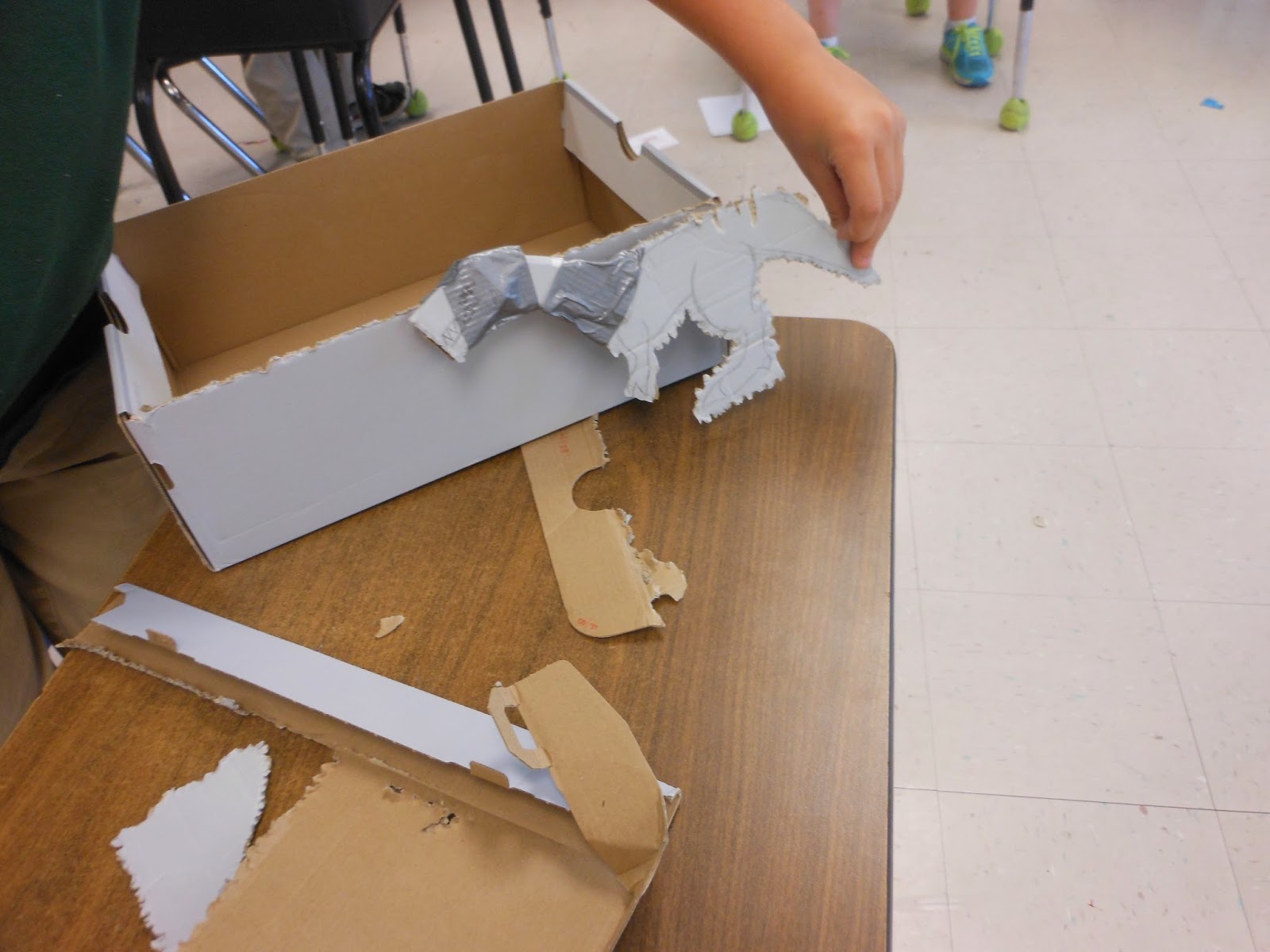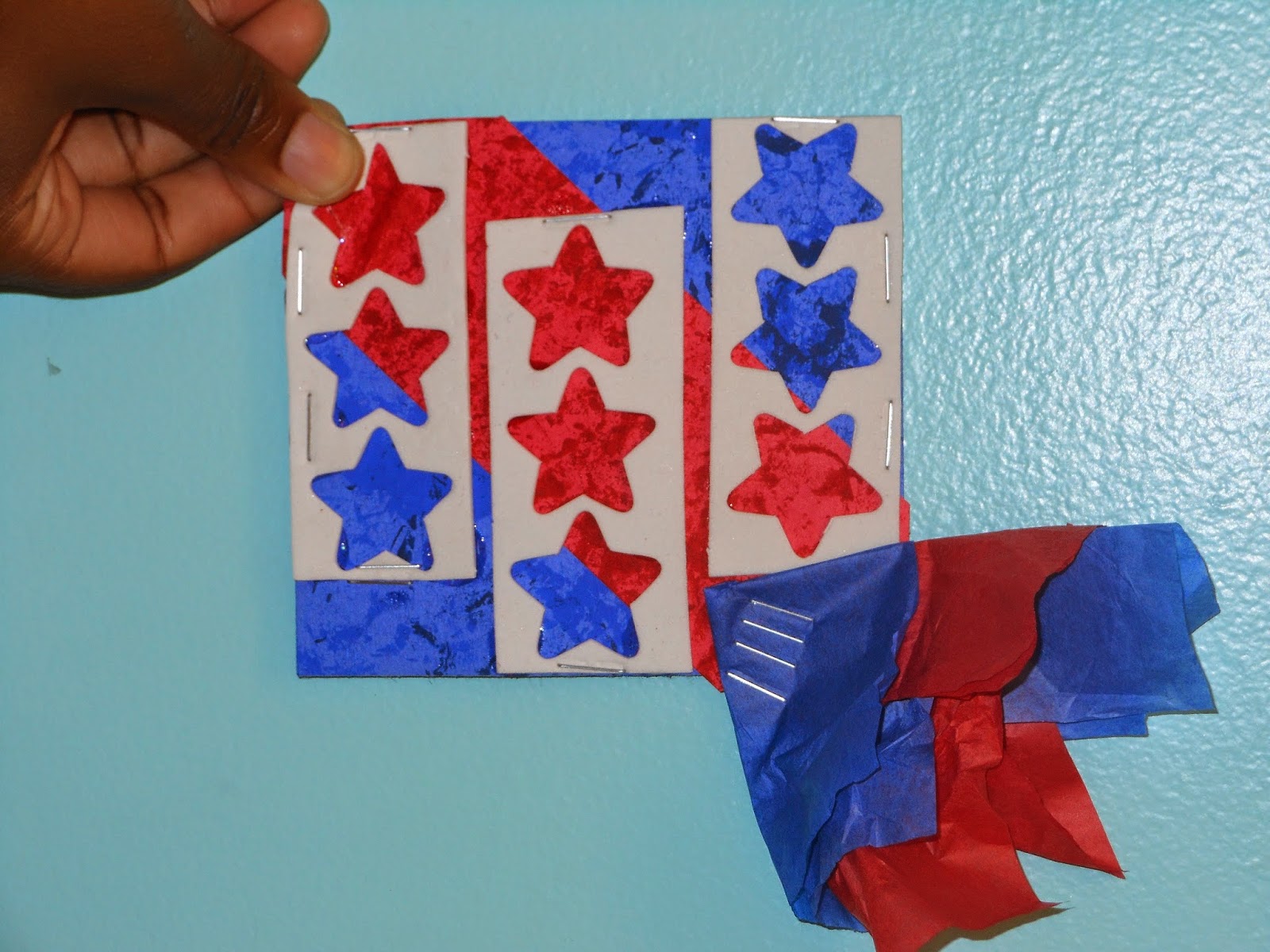During my years in the classroom, I
always appreciated donations made by retired teachers. I especially
appreciated the materials that came sorted and notated. So my goal
for my “pirate' unit was to sort it, catalog it, and divide it
appropriately by age level and usefulness.
As I started the process of unpacking
and spreading all the materials out over two bedrooms, I was reminded
how gifted our staff was, how great our resources were, and how much
the children enjoyed the activities. The “pirate” unit back in
2007 was our kick-off, back-to-school theme and it carried us even to
the end of the year with a field trip to that “pirate” ship at
The Children's Museum of Wilmington.
Of course we didn't have a “pirate”
ship at school so we built one. My husband was retired and I enlisted
his help in building one. With only three refrigerator boxes and Mr.
McGroovy's BOX RIVETS, anybody can have a “pirate” ship large
enough to accommodate an entire class of preschoolers. The children
really took ownership of the project because they helped paint it. It
was so cute that WECT-TV came out and filmed the three year old class
and showed them on the six o'clock news. As seen below in WILMINGTON
PARENT, it was also featured in our school advertising for many
years.
This unit was very amazing because it
cut across so many areas of our curriculum---art center, free play,
dress-up, puppets, music, circle time, bulletin boards, classroom
speakers, snack time, field trips, playground, library books, etc. It
was all encompassing. It was embraced by staff and children alike.
Plus it was very flexible and adaptable as to age level
appropriateness. Like in painting the ship, the two's could paint as
long and as high as they wanted and the kindergarten could paint as
long and as high as they liked. It was definitely a “one size fits
all” unit.
In addition this unit was a showcase
for our staff. It let the parents see how gifted, enthusiastic and
resourceful the teachers could be. Our bulletin boards were amazing,
all the activities were happily embraced by the children, and the
parents appreciated the value on the return from their investment in
our program.
I have always been a proponent of
local resources like the public library, retail establishments, and
parent volunteers. In 2007 the New Hanover County Public Library
provided us with a “theme bag” full of “pirate” titles. Each
child was sent home with a “pirate” bookmark (seen below) listing
all the titles being read during the unit. Local pet stores generally
are willing to allow classes to visit and often times parents are
willing to bring a family pet to the classroom. Real parrots were
definitely a part of this unit.
This unit allowed us to immerse the
children in “pirate” music, language, songs, and finger plays. As
was our custom, each art center time project was sent home with an
appropriate song or finger play. The accompanying songs and finger
plays informed the parents as to the correct lyrics or words being
said by their children. Our music teacher did a fantastic job of
providing a variety of musical experiences during her time with each
age level. In addition to singing songs, the music teacher provided
opportunities to listen to “pirate” musical instruments----drums,
flutes, accordions, fiddles, etc. (1).
She would teach them to move or dance like a pirate, act like a
pirate, or even work like a pirate. Two of the favorite songs were
BLOW THE MAN DOWN and MY BONNIE LIES OVER THE OCEAN.
Since the unit was a kick-off for a
new school year, there were fun “pirate-like” activities to do
during circle time instead of the usual, get-to-know-you activities.
Since a “pirate” has to know how to use a “spyglass,” we
played a form of “I Spy” during circle time. Each child got a
turn with the “spyglass” to look across the circle and name the
child in view. The children created “pirate” names by adding
“pirate” titles to their own names. Circle time was also filled
with puppets, finger plays and “pirate” vocabulary words.
Talking like a parrot was fun also.
Since our playground was huge and very
sandy we had plenty of opportunities to play with treasure maps and
toy compasses. The children used sandbox shovels to dig up the buried
treasure---jewels, rings, coins, etc.(2)
The children also created their own treasure maps using the side of a
brown paper bag, rubber stamps, and markers to make big X's to “mark
the spots.” To give the maps a little authenticity and aged look we
had the children crumple and wad up the maps after they drew them.
When the maps are smoothed out, they look very old! The toy compasses
were adequate enough to introduce N, S, E, and W as directions to
travel (early literacy!).
We had a set of guiding principals
concerning art center time at our school. Art center time occurred
everyday, teachers worked one-to-one with their students, and
activities were selected according to the weekly skill chart
(MT---cutting, W---gluing, and THF---painting). In addition,
activities for art center time were created or selected with thoughts
concerning “process vs product,” unit being studied, and season
(inside or outside, etc.). As a point of clarification, cutting, for
example, was not strictly with scissors. Cutting could include
tearing, ripping, folding, rubbing, tracing, shelling, etc. or the
use of tweezers, plastic knives, sewing needles, hole punchers, etc.
Gluing always centered around assembly, but painting could occur in
many forms (sponge, finger, easel, stamping, printing, drizzle,
etc.).
With a unit like this one, it was a
challenge to find or develop correlated projects for art center time.
A favorite go-to source for classroom supplies was SHAPES ETC. It is
easy to take a pad of their NOTEPAD creations (large or small) and
turn them into sewing cards, dioramas, puzzles, or stick puppets.
Shown below are examples (with the help of lamination) how we created
projects for art center time--- “pirate” sewing card, digging
diorama, and stick puppet (each project went home with an
accompanying “pirate” song or finger play introduced during music
or circle time).
We always asked parents to save items
for the classrooms. Two of our most desired items were paper towel
rolls and toilet paper rolls.(3)
For this unit we used construction paper wrapped paper towel rolls to
make the cutest “spyglasses.” The biggest hit was when the
children cut a section of paper towel roll in half and glued a large
parrot to the roll. The parrot could be worn cuff style on a wrist or
perched “pirate” style on a shoulder.
Our staff was never shy
about dressing up. One teacher had her own adult “pirate”
costume. She was also very good at doing voices and being very
dramatic while reading aloud. She treated the children to a
“day-with-a-pirate!” She wore her costume to school and stayed in
character as she encountered and conversed with the children. She
shared a lot of “Ahoy me Hearty!,” AR, AR, AR's,” Aye Matey!,”
“Yo Ho, Yo Ho!” and “Shiver me timbers!” (4)
The children also liked
to dress up so we often made wearable items during art center time.(a
hint concerning a project's success was always how quickly the
children donned their items when their parents arrived for pick-up).
The “pirate” earrings made from a rolled strip of aluminum foil
and a rubber band were a hit with the boys and the girls. Three types
of headgear were created during art center time----one was for
cutting, one was for gluing, and one was for painting. We copied one
Captain's hat from Long John Silver's restaurant chain which was done
as a cutting project (this technique was often employed for cutting
which called for the children to cut along a designated line).
Another Captain's hat was a gluing project, but the most popular hat
was the tied on scarf accompanied by an eye-patch and washable
“pirate” tattoo (this project was done on a painting day).
During comprehensive
units we often brought special toys into classroom centers for free
play time. Special garments or objects were added to the dress-up
clothes like pirate costumes, treasure chests filled with old
jewelry, compasses, spyglasses, eye patches, play mops, a “pirate”
Jolly Roger flag, etc. Bendable pirates were added to the block
centers. Large Melissa and Doug floor puzzles and wooden table
puzzles depicting “pirate” scenes were added to the puzzle
collection. Some parents shared “pirate” sets from home like a
“pirate-themed” Mr. Potato Head, a Fisher Price Pirate Ship and
Island with accessories, a Playtown “Timbers B. Shiverin” with
accessories. A large stuffed parrot and a large “pirate” puppet
were added to the puppet stage. A hammock was tied between two trees
on the playground so the children could sleep like “pirates.”
Eating like a “pirate”
was a bit of a challenge, but zwieback or Biscotti could serve as a
substitute for “hard tack.” Canned sardines might be introduced,
but don't plan on much sampling!
With big kick-off units
we always created “welcome” scenes for the preschoolers for the
first week of school. For this unit the children were greeted by six
foot tall “pirate” inflatables at each entrance. Later the
inflatables were used to create a “photo booth” scene at the
“pirate” ship. All the classes dressed up for picture taking
sessions at the end of the unit.
- CD: PRACTICAL POP AND BUCCANEER ROCK FOR SCALLYWAGGS OF ALL AGES
- ORIENTAL TRADING COMPANY INC.
- Supplies could be in jeopardy if manufacturers start producing “roll-less” products!
- PIRATE: “Things to do and Make!” and The Great PIRATE Activity Book

















































